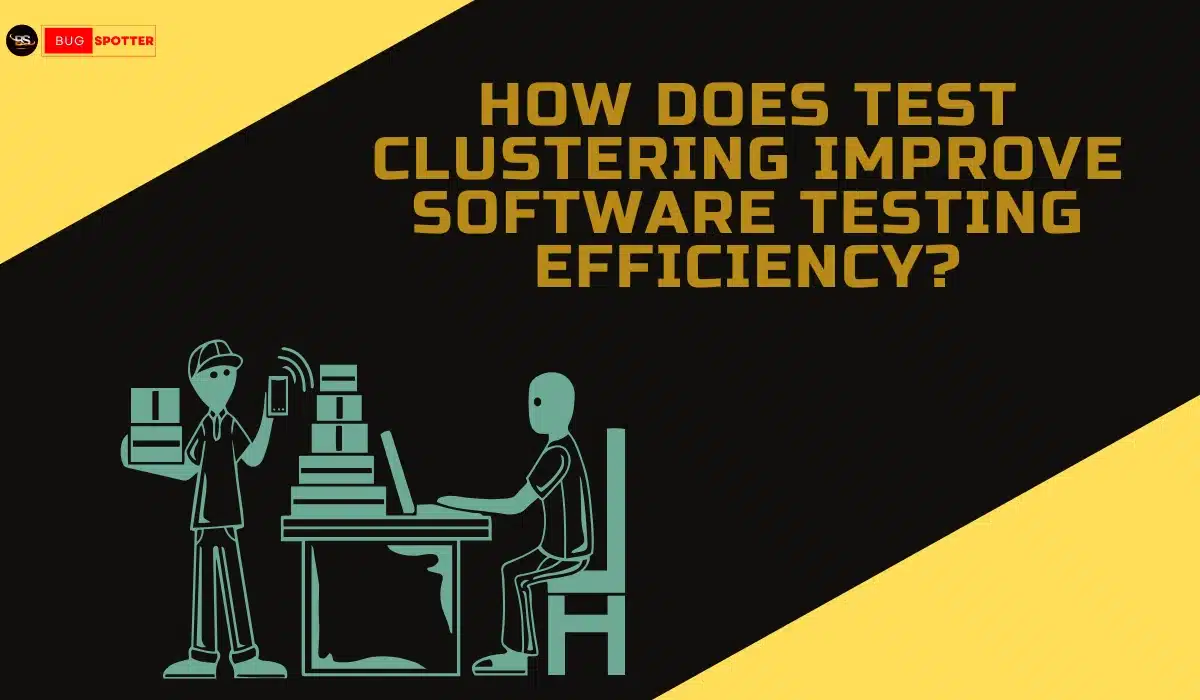Top Down Integration Testing

In the realm of software testing, integration testing plays a crucial role in verifying how different modules of an application interact with each other. Among various integration testing strategies, Top-Down Integration Testing stands out as an effective method for progressively testing software from the uppermost components down to the lower levels. This technique ensures early validation of critical functionalities while identifying defects at an early stage.
In this article, we will explore what Top-Down Integration Testing is, its process, advantages, challenges, and best practices to help you implement it effectively in your software development lifecycle.
What is Top Down Integration Testing?
Top-Down Integration Testing is a systematic approach where testing begins from the highest-level modules of the software architecture and gradually integrates the lower-level components. This strategy allows developers to validate essential functionalities before integrating the detailed lower modules.
Since lower modules may not be ready in the early stages, stubs (temporary dummy modules) are used to simulate their behavior until they are developed and integrated.
Key Characteristics:
- Starts testing from top modules (high-level logic) first.
- Uses stubs to simulate missing lower-level components.
- Validates critical functionalities early in the development cycle.
- Helps in identifying major design flaws at an early stage.
How Does Top Down Integration Testing Work?
The process of Top-Down Integration Testing involves several structured steps:
1. Define the Software Hierarchy:
- Identify and outline the architecture of the software, listing all modules from top to bottom.
- Determine the sequence of integration.
2. Start with High-Level Modules:
- The highest-level module (such as a UI or main controller) is tested first.
- Lower-level modules are replaced with stubs that mimic their expected responses.
3. Integrate and Test Modules Incrementally:
- Gradually integrate lower modules into the system and test their interaction with higher modules.
- Remove stubs once the actual lower-level module is developed.
4. Perform Functional Testing at Each Level:
- Validate that integrated components work correctly.
- Ensure smooth data flow between integrated modules.
5. Continue Until the Entire System is Tested:
- Repeat the process until all modules are fully integrated and tested.
- Perform final system testing to ensure overall functionality.
Example of Top Down Integration Testing
Let’s consider an E-commerce application with the following modules:
- User Interface (UI)
- Order Processing System
- Payment Gateway
- Inventory Management
Step-by-Step Implementation:
- Start with the UI: Test the main user interface without integrating backend logic.
- Integrate Order Processing: Introduce order management while using stubs for payment and inventory systems.
- Add Payment Gateway: Once the order processing is validated, integrate the payment module while using a stub for inventory.
- Final Integration: Replace the stub with the actual inventory module and complete the integration.
- Full System Testing: Validate end-to-end workflow.
Advantages of Top Down Integration Testing

By testing high-level functionalities first, developers can catch significant flaws in the core logic early on.

Since modules are integrated one at a time, identifying and fixing issues is easier compared to other integration strategies.

Top modules, often responsible for major business logic, are tested early, ensuring core functionalities work as expected.

Unlike bottom-up integration, where test drivers are needed, Top-Down Testing uses stubs, which are simpler to implement.
Challenges of Top Down Integration Testing

Since lower modules are not available initially, stubs may not perfectly mimic real functionality, leading to potential integration challenges later.

In large applications with deep hierarchical structures, the incremental approach may take longer to complete than other strategies.

Early testing focuses primarily on high-level components, leaving lower-level logic less tested until later phases.
Best Practices for Effective Top Down Integration Testing





Latest Posts
- All Posts
- Software Testing
- Uncategorized
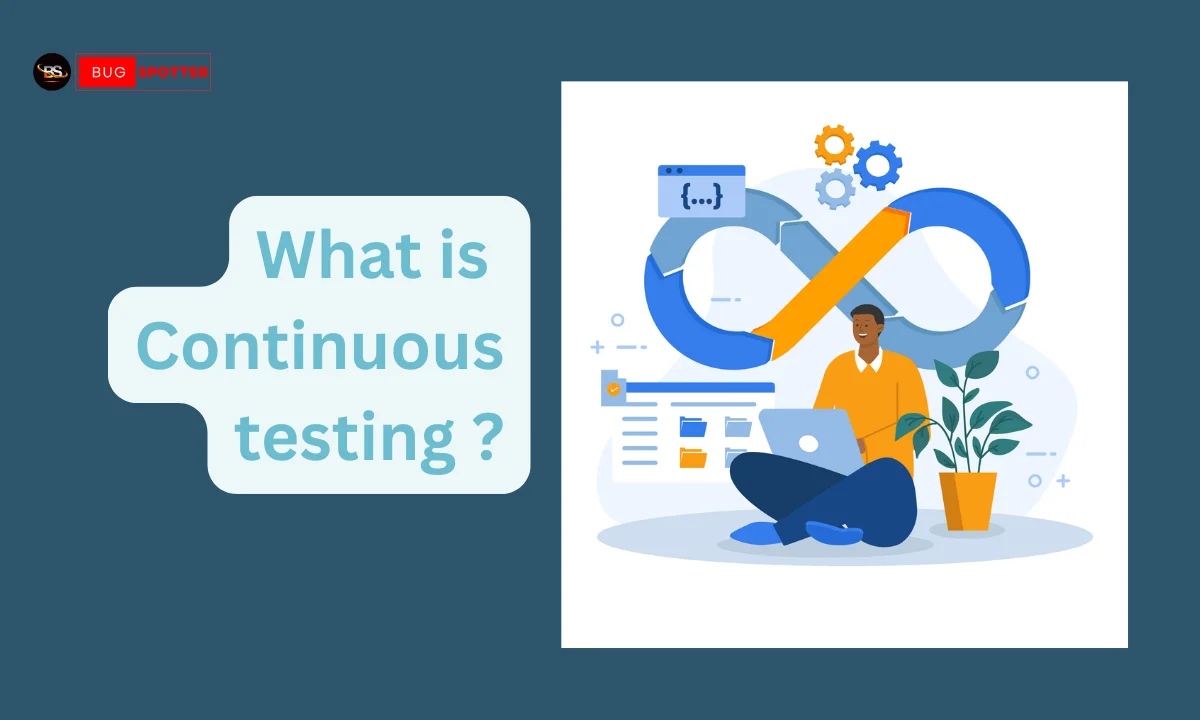
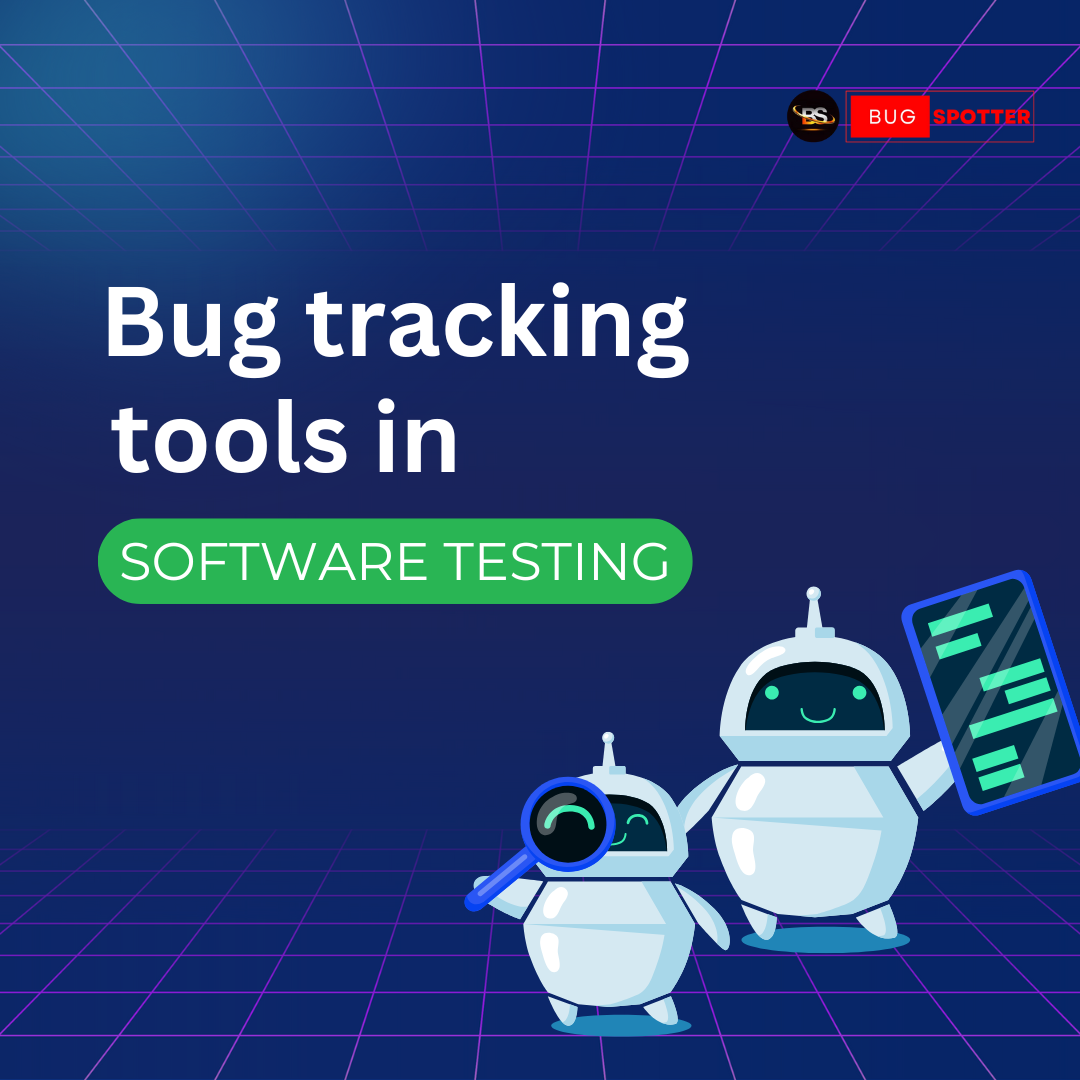
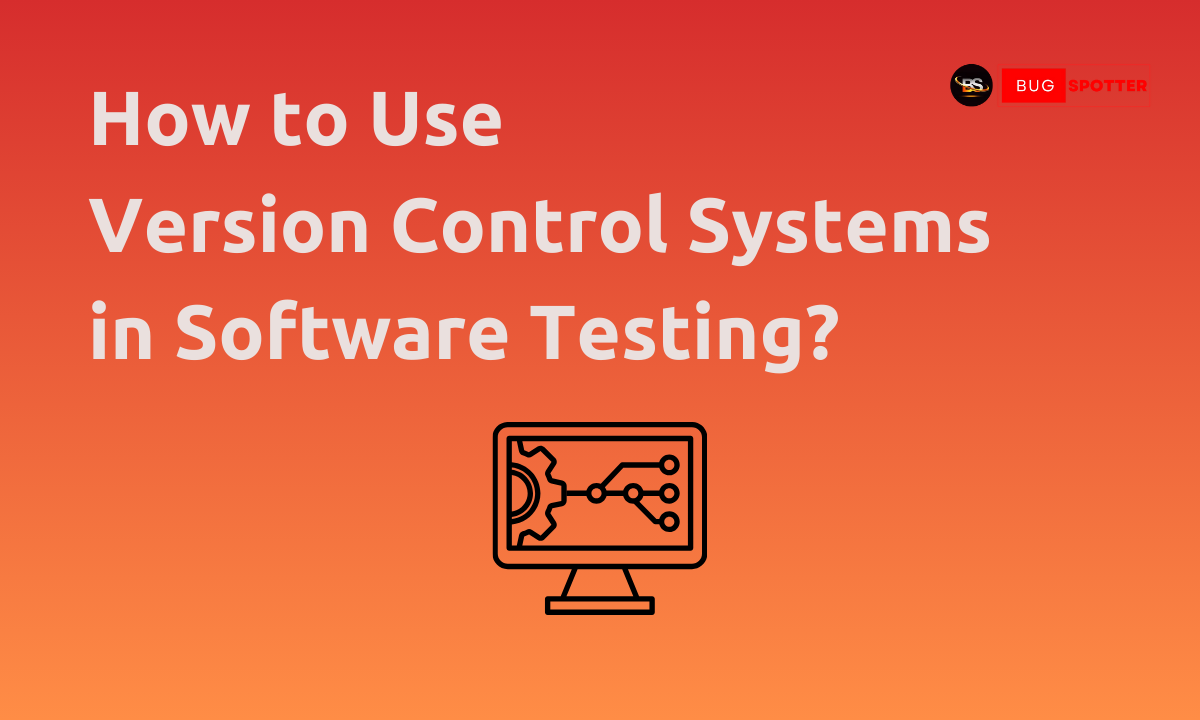
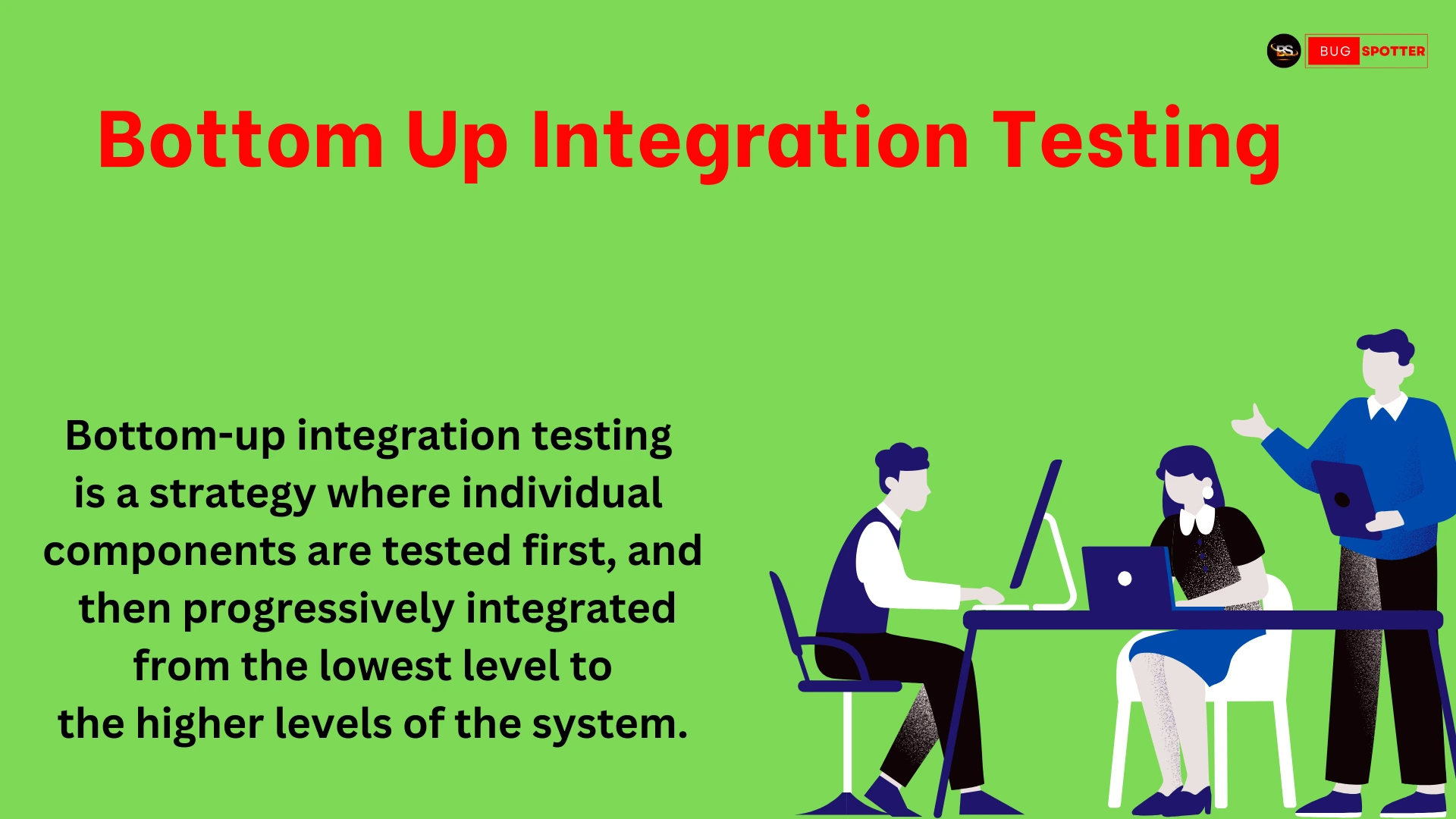

Categories
- Artificial Intelligence (5)
- Best IT Training Institute Pune (9)
- Cloud (2)
- Data Analyst (55)
- Data Analyst Pro (15)
- data engineer (18)
- Data Science (104)
- Data Science Pro (20)
- Data Science Questions (6)
- Digital Marketing (4)
- Full Stack Development (7)
- Hiring News (41)
- HR (3)
- Jobs (3)
- News (1)
- Placements (2)
- SAM (4)
- Software Testing (70)
- Software Testing Pro (8)
- Uncategorized (33)
- Update (33)
Tags
- Artificial Intelligence (5)
- Best IT Training Institute Pune (9)
- Cloud (2)
- Data Analyst (55)
- Data Analyst Pro (15)
- data engineer (18)
- Data Science (104)
- Data Science Pro (20)
- Data Science Questions (6)
- Digital Marketing (4)
- Full Stack Development (7)
- Hiring News (41)
- HR (3)
- Jobs (3)
- News (1)
- Placements (2)
- SAM (4)
- Software Testing (70)
- Software Testing Pro (8)
- Uncategorized (33)
- Update (33)





